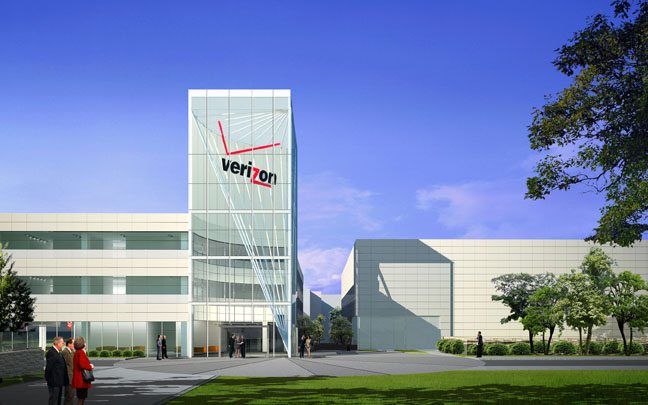Verizon SDN and NFV push remains a focus, while battling slower than expected development pace and challenges with standards
Telecom operators moving towards software solutions using software-defined networking and network functions virtualization technologies are finding a challenging environment. Traditional vendor support for such moves are being hindered by internal business models that are being overhauled by the move away from traditional hardware to commodity white boxes powered by software, which is forcing many telecom operators to search outside their usual vendor channels for support or turn internally to develop their own platforms.
Verizon Communications is one of the leading firms in terms of integrating SDN- and NFV-based software solutions into their network operations. The carrier last year announced SDN plans with five vendors: Alcatel-Lucent, Cisco, Ericsson, Juniper Networks and Nokia Networks. As part of the announcement, Verizon said it had been working on the move toward virtualized platforms over the past several years, including the creation of live lab environments in San Jose, Calif.; Tampa, Fla.; and Waltham, Mass., and claims to have commercial data center environments on both coasts.
The carrier later in the year launched a software-defined WAN service using Cisco’s Intelligent WAN technology and targeting enterprise customers. Verizon said the platform supports a better user experience by integrated application optimization designed for faster application performance; enabling secure and certified routing platforms; the use of intelligent path control to fully utilize MPLS and the Internet to lower operational costs; and can provision new sites and services faster with a “hybrid WAN to support key business initiatives.”
Gagan Puranik, director of SDN/NFV network architecture planning for Verizon, provided some insight into the company’s continued software push; its view on the pace of development; and challenges with standards.
RCR Wireless News: Some vendors have noted a sense that telecom operators are becoming frustrated at the lack of commercial-ready products in support of SDN and NFV migrations? What’s Verizon’s feeling towards any level of frustration about the pace of development?
Gagan Puranik: We believe the pace of SDN and NFV development could be more aggressive. As you know, we are aggressively driving open source/open interface initiatives to enable large ecosystems to accelerate progress with focused project initiatives.
RCRWN: What impact if any are the continuing development of standards having on the deployment process?
Puranik: Today, lack of alignment is slowing down the process. We believe open standards and open source organizations should work closely together to accelerate the process.
RCRWN: What are your thoughts on telecom operators taking an even greater role in developing the standards/technology needed to support virtualization plans? Might this lead to a lessening of cost efficiencies in the long term?
Puranik: We believe it takes the entire ecosystem to bring rapid innovation. The key is open standards and open source working closely, with a sense of urgency. As we all migrate to SDN/NFV, working together over the long-term means fewer missteps and shorter timelines for deployment.
RCRWN: What operations or services are you seeing or expecting to see the most efficiency gains from in terms of both network usage efficiency and cost savings?
Puranik: Consumers today are hungry for new, innovative applications – such as virtual reality – that require large throughput and low latency. By leveraging SDN, NFV and mobile edge, we look to power the next-generation network that is foundational for “5G” and beyond. With that in mind, Verizon is currently testing 5G technology that will be the center of our digital world and will have the ability to handle exponentially more connected devices.
RCRWN: As Verizon moves through this process, how deep do you think the move towards virtualization be implemented into the network? Can everything beyond the RF antenna and fiber backhaul be virtualized using NFV/SDN/cloud?
Puranik: We believe next-generation networking that leverages SDN, NFV and mobile edge are foundational for 5G (and beyond). 5G is the foundation of our future connectivity and we are actively working with the ecosystem to transform all elements within the network.
Puranik’s colleague Shawn Hakl, VP of enterprise networking and innovation at Verizon, previously provided his insight into the telecom operator’s push into software, challenges it has seen in that migration and hurdles it expects to encounter in the future.
For more information on the current move towards NFV, SDN and cloud deployments across the telecom space, check out the latest RCR Wireless News feature report “NFV, SDN and cloud: How deep and where?”
Bored? Why not follow me on Twitter

